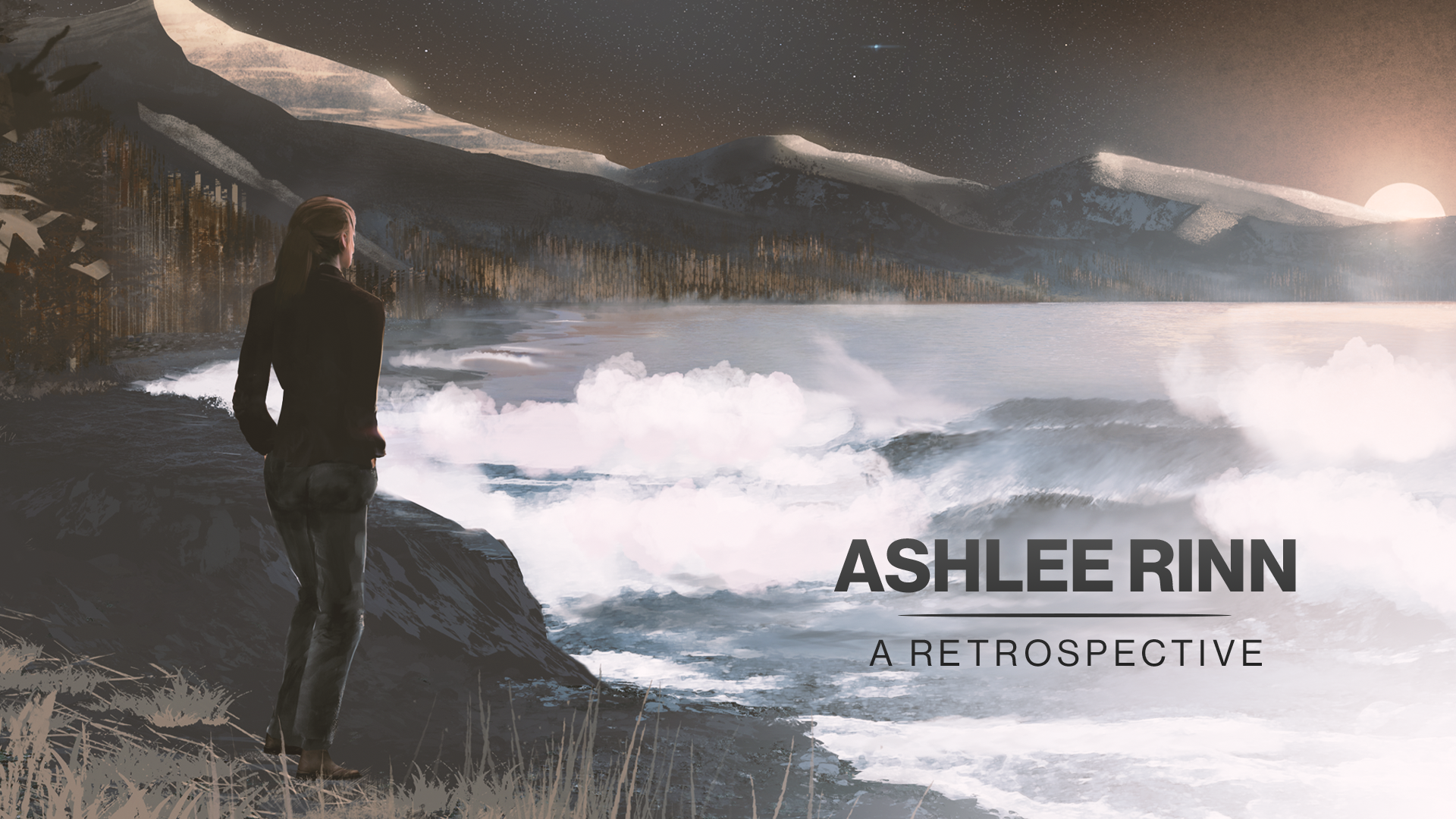Hello Voidfarers, Faith here!
Before I get started, I’d like to remind you that our only merchandise sale of the year occurs during Pride Month, and that sale is going on now! If you’ve been scoping out any of our shirts, posters, or accessories, now may be a great time to take a second look.
You know me as Stardust’s “Narrative Producer,” but that simple title can betray how much I actually do. I’m responsible for Stardust’s plot and worldbuilding, yes, but also for its art direction and much of the art itself. (I won’t get into the weeds on business operations, IT, and financials. All producers wear multiple hats.) That means when it’s art time, you’ll be hearing quite a bit from me directly. I hope to bring you insights from our other artists from time to time, as well.
Today I want to talk about the monumental effort that goes in to Stardust’s art and animation, and I can think of no better vehicle for this than our first teaser and cinematic trailer. Some of this was covered in my Kickstarter retrospective, but for this blog I’d like to go more into the weeds on the technical hurdles we face in putting any animation together. It’s a team effort, and for a major project such as our award-winning Kickstarter trailer, we had to get creative with our assets and time management.
Sublight is a new and upstart name in transmedia tabletop entertainment. We needed to make some kind of splash to be taken seriously at all. Truth be told, this was troubling me. Capturing the attention of a new audience from scratch requires some clever thinking and a lot of work. It’s a further uphill battle when you’re asking for money to fund an endeavor in storytelling. We would need to get people talking early if we were to be successful.
I was hard at work preparing our Kickstarter campaign and all of its logistics, copywriting, and asset creation when our Lead Game Designer Rosalind sent some music my way that was too good to pass up on. The vibe of ‘Ochre’ by Venera & HEALTH wholly fit Stardust’s storyline and tone, and through some blessing of the muses, a rough storyboard manifested in my mind within hours about how we could tell a short story with it. With a dispossessed first-person narrator like Ashlee, my first and I still think best instinct was to change up the standard formula and break the fourth wall. She is, after all, not getting through to many people in her world.
I immediately reached out to the license holders to see about getting a sync clearance. I crossed my fingers that our pitch to license the music would be approved. The wait would be a few weeks.
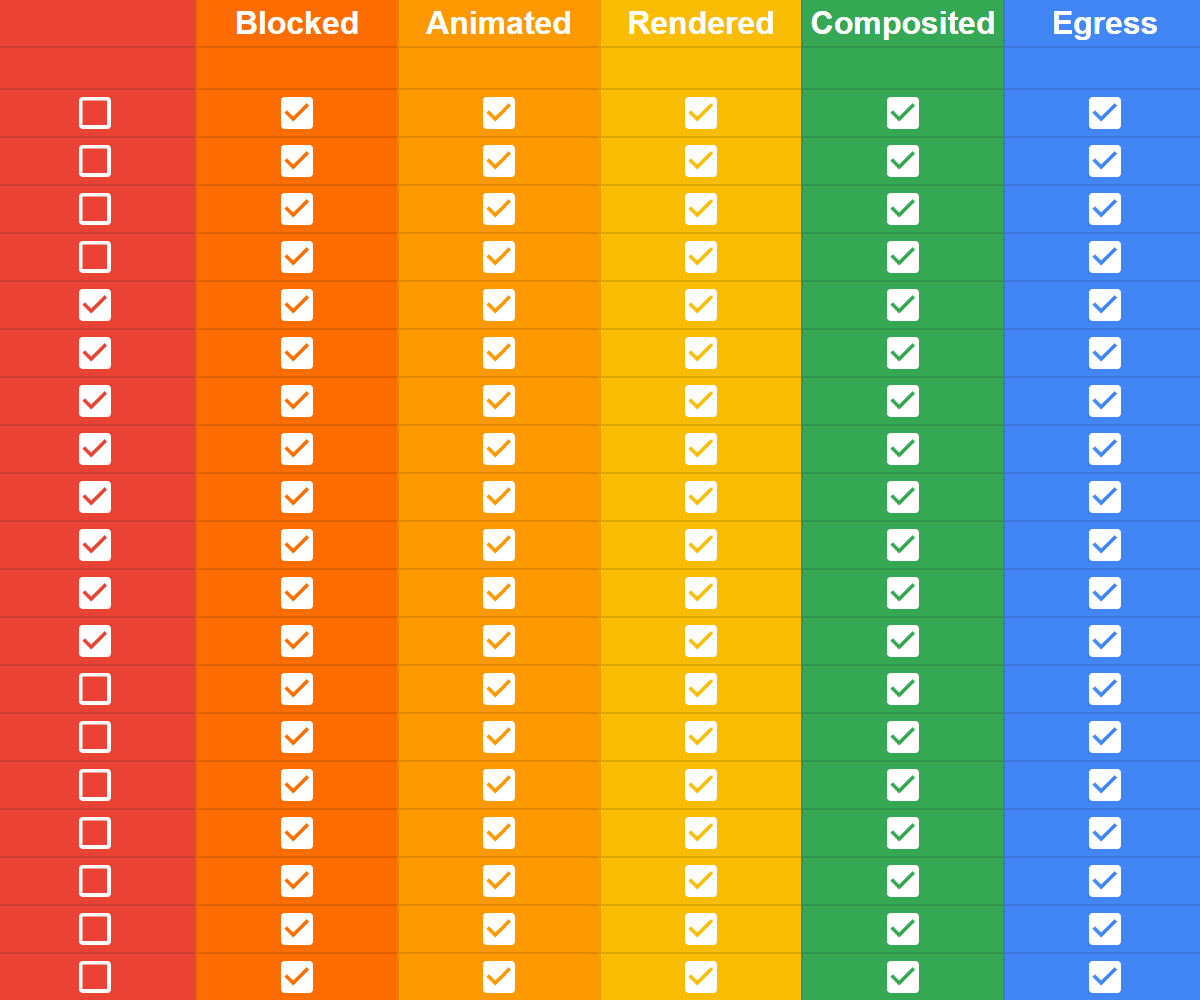
The first thing to do with any cinematic like this is to make a plan. A full standard cinematic trailer like you see for movies or games comprises several scenes, dozens of cuts, and at least 3,600 frames of animation (2:30 x 24fps, higher in many cases). This would all be done in CGI, and we would need to know upfront what assets were required for each scene and how many of those assets needed to be unique. Without a render farm available at the typical cost of tens of thousands of dollars, we would need to optimize everything. Rendering real-time for some scenes and compositing for others could get us further.
I proceeded immediately to write a script based on a few vignettes I’d been tossing about in my scratchbooks. To ground the script in the story we want to tell, I added story beats from the upcoming novel itself. I chose scenes that fit the lyrics of ‘Ochre,’ just in case we were to be granted that license. But either way, the script shook out with surprising ease.
I then took to the simultaneous task of research and storyboarding. These tasks occurred at the same time because the results of R&D for our early animation would dictate what we could do with a near-zero budget and limited timeframe. I would also use frame captures from this R&D as the basis for the storyboard itself, blocking out character poses and camera setups. While not glamorous, this helped level some of my own expectations for what we could achieve visually.
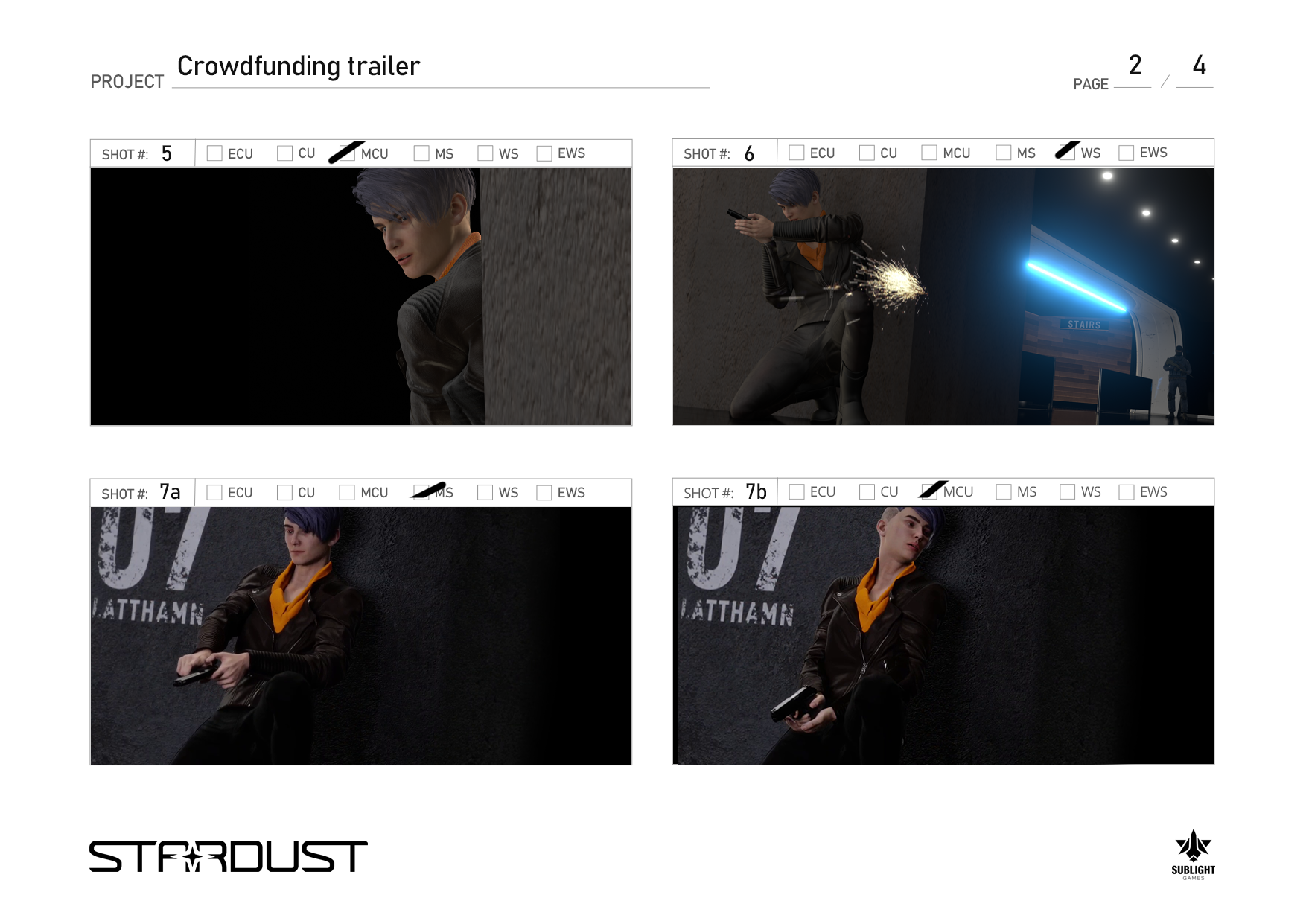
Ashlee, her crew, and supporting characters all use the same basic rigging system, one that comes from a company called Reallusion and their products Character Creator and iClone. I’m not a character art specialist, so this system allows me to keep our characters looking consistent. I often do a sculpting or texturing pass in Blender or Substance Painter to add some unique features (e.g. Tea’s freckles, or Ash’s bespoke hairstyle), but keeping our character assets on the same standardized bone hierarchy with uniform topology loops helps a lot with organization. The Reallusion products also have fantastic integration with Blender; useful for scene setup.
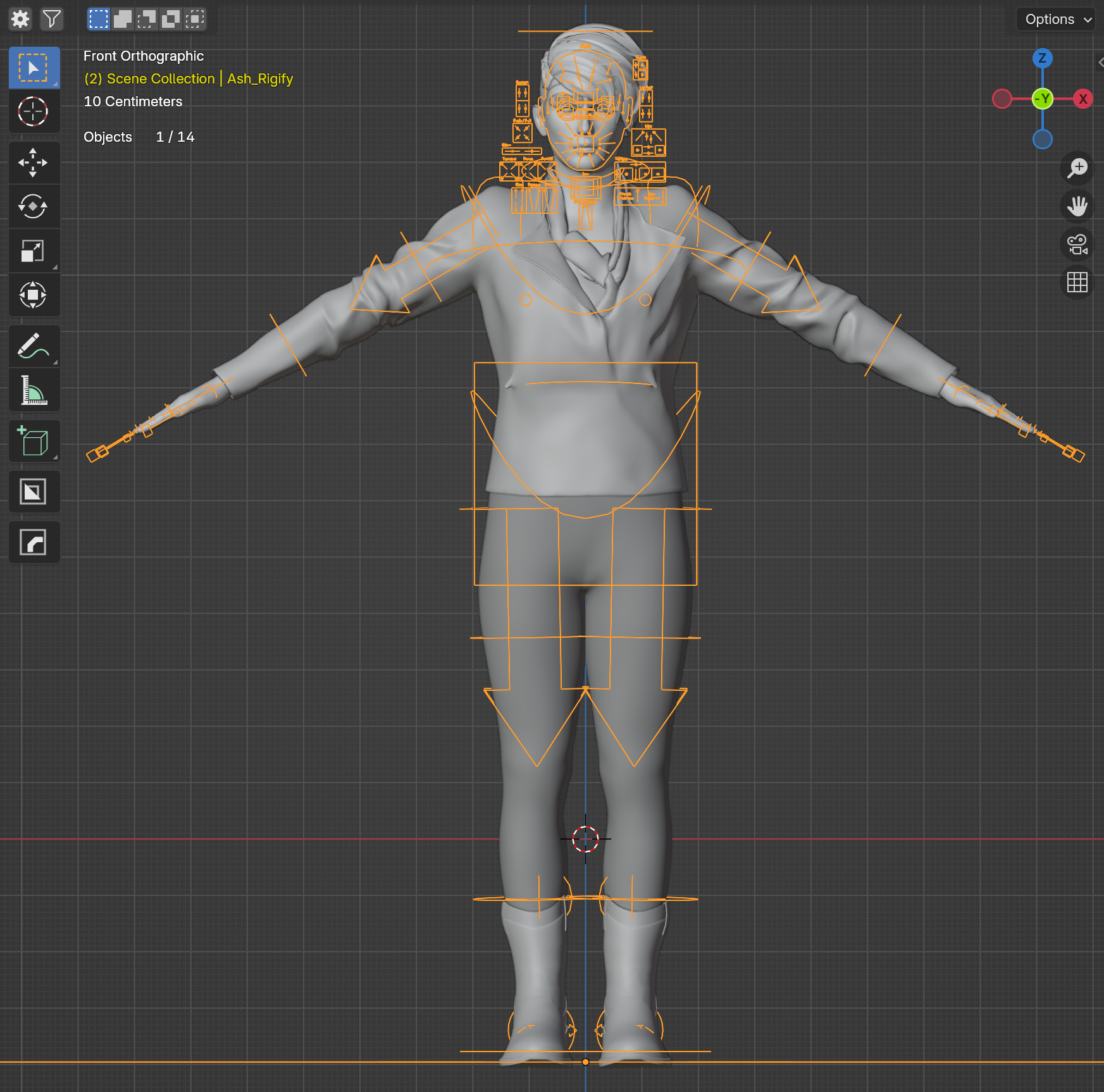
The most difficult shots were the two scene-setting wide-angle shots at the beginning. These went through several iterations as I attempted to find the most engaging way to reveal the world to the viewer. Because desktop GPUs only have so much VRAM available to them, it’s not always possible to render every element on screen at once. For these complex shots, render passes and further compositing would be necessary. The opening shot in high orbit of Sibyl contains over 20 layers and pre-composites, from the background and Dowager to Sibyl, the ships, and the smaller moons and asteroids. Those all have to be rendered separately as EXR frames and layered in a compositor; I used After Effects for this. While this is a time-consuming process, it allowed me to circumvent my hardware limitations. It also means I had a lot of control over color correction, and could even make slight adjustments to animation paths themselves.
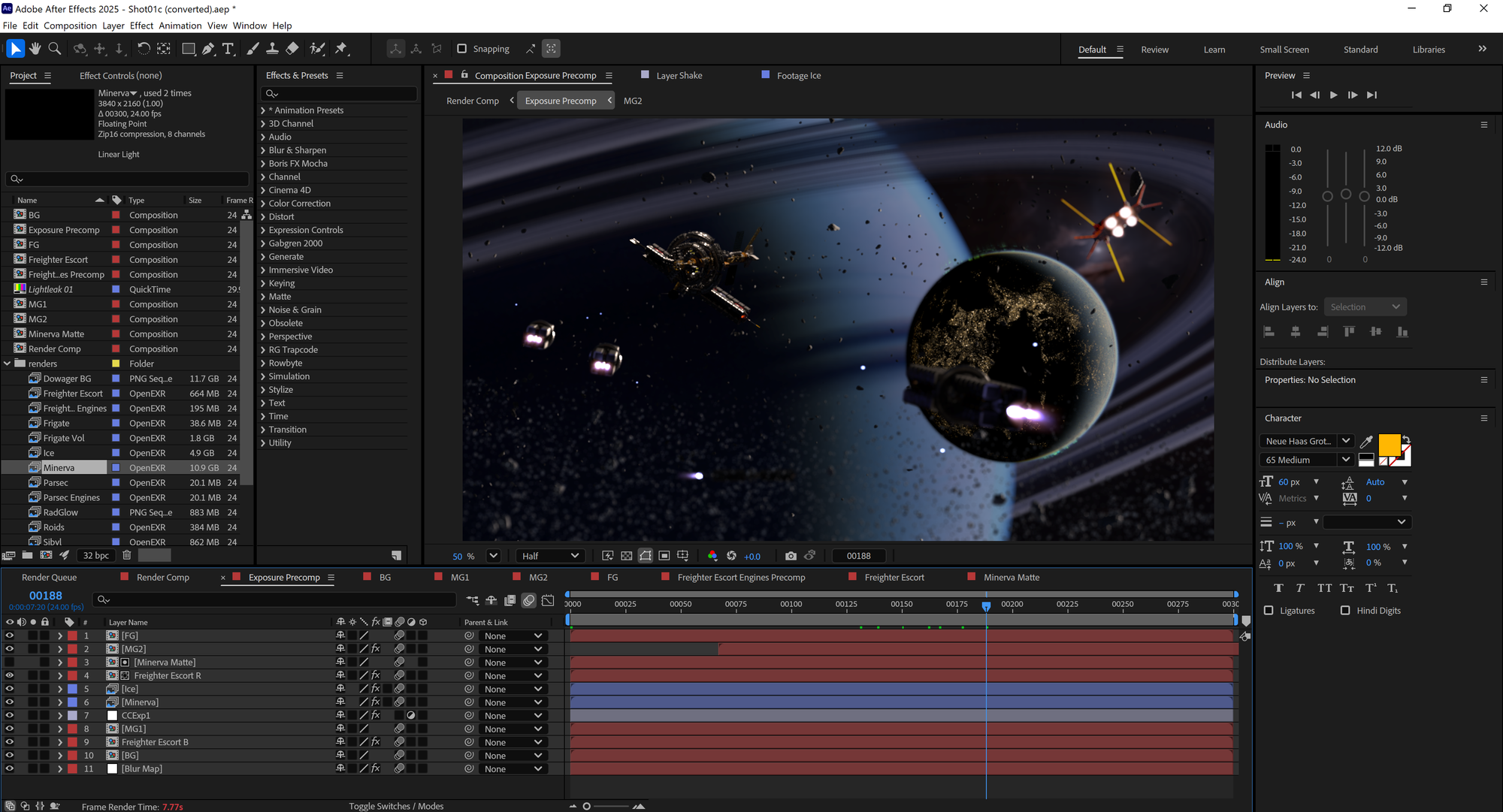
Asset creation is a time and money consuming process. The only bespoke voidcraft asset we had on our hands was Ashlee’s aerospace fighter, the Crossbow, beautifully modeled by Ethan LeRoith. So for background vessels that aren’t the focus of the trailer, we would have to make do with marketplace content and prefabs. While not ideal, I found some assets that could plausibly exist in the Stardust universe and more specifically within the Astrild star system. They were also only slated to show in the first two shots, and at a distance at that. Just enough to indicate it’s a spacefaring setting from the outset.
With scene partials and a full storyboard, I felt more confident. I received word that our synchronization license with the record label had been approved—yipee! I rarely have been so happy to pay a bill. But there was a long road ahead. Four more months of near-daily animation work to be exact, with new renders—called “dailies” in this industry—running every night.
I took a detour so we could get our Ash Wednesday teaser and announcement out. This didn’t perform as well on YouTube, but I’m still proud of it. Her hand bloodied and moping over her predicament, Ash standing in the fog and rain was going to be good practice for the heavy character animation work that was to come. I set up the staging, mocap, and basic blending for the animations in the teaser, and our Lead Animator Kristina Mickel added a custom lip sync and took the expressions just that bit further needed to make them more believable. In fact, this tag team would persist into the trailer itself. She would do her otherworldly magic tweaking what animation I sent her, bake it down (or mix one animation track with another), and send it back. Rinse, repeat. Ash’s monologues are as good as they are wholly because of Kristina’s input.
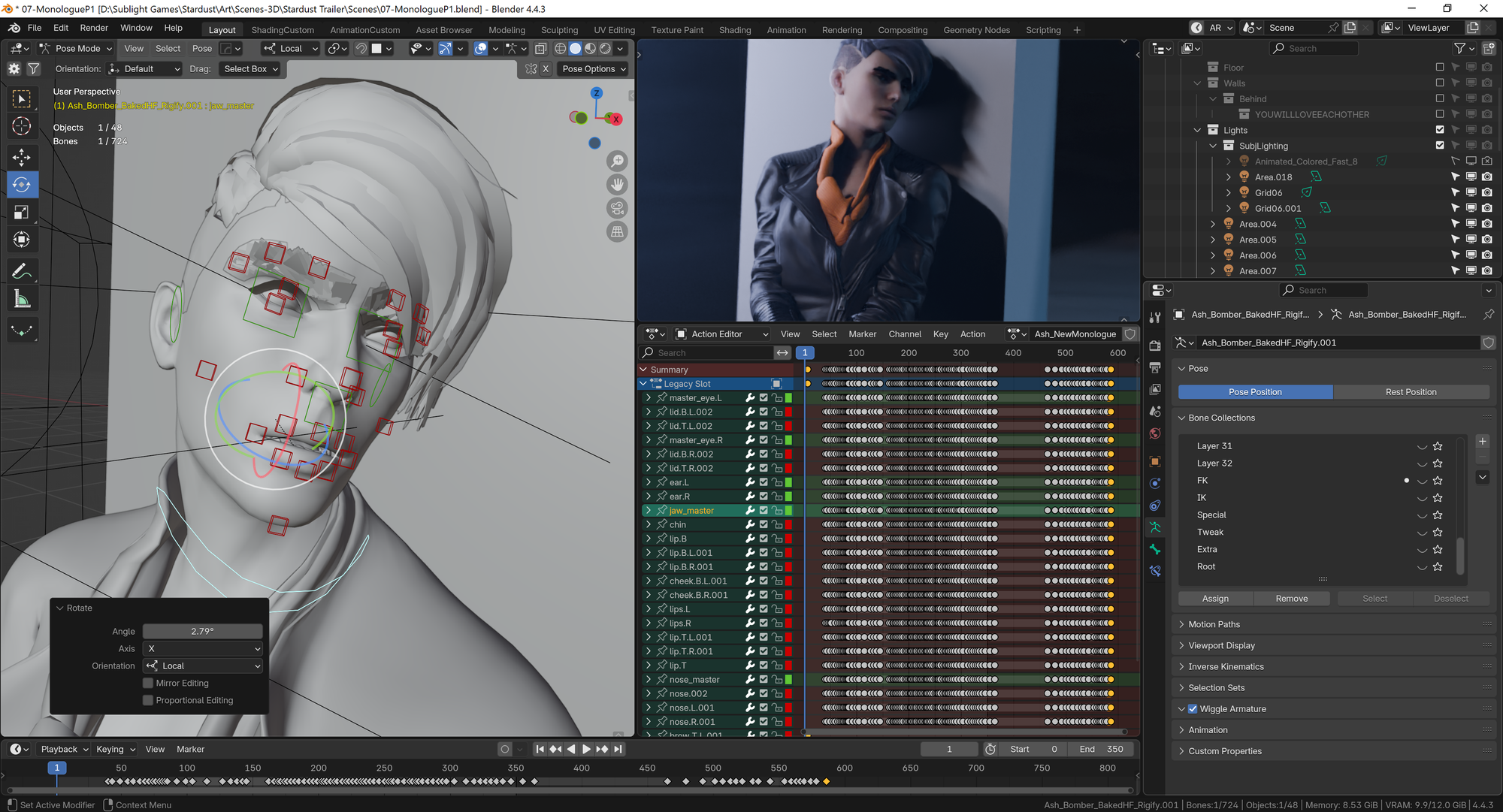
Speaking of which, character animation is a complex topic and I’m not a crack job at it. But again, as with most things in 3D art, asset libraries can get you 80% of the way to your destination. There’s quite a few motion capture libraries out there, both free and paid. By retargeting your own character’s bones to the motion capture data, you can often achieve fantastic results that rival custom-tailored animation data. Because bone structures are frequently different between characters, it’s not a point-and-click operation. But thankfully with the standard hierarchy Reallusion has for its base meshes and the retargeting and skinning tools that get smarter every year, aligning your character’s rig with the data from another is less thinking and more tedium.
The last major scene in our trailer is the dogfight between an exhausted Ash and her rival. The key moments here were animated by Ethan LeRoith with an assist from Holly Jencka. The articulating control surfaces of the Crossbow are important for reading what the craft is doing, with the sudden airbrake to avoid debris at the very end being a key oh-shit moment I wanted to cut to black on. The generalities of this animation were set very early on, but it took lots of fine-tuning to get just right. Getting the precise camera movement desired took quite a few tries and re-tries.
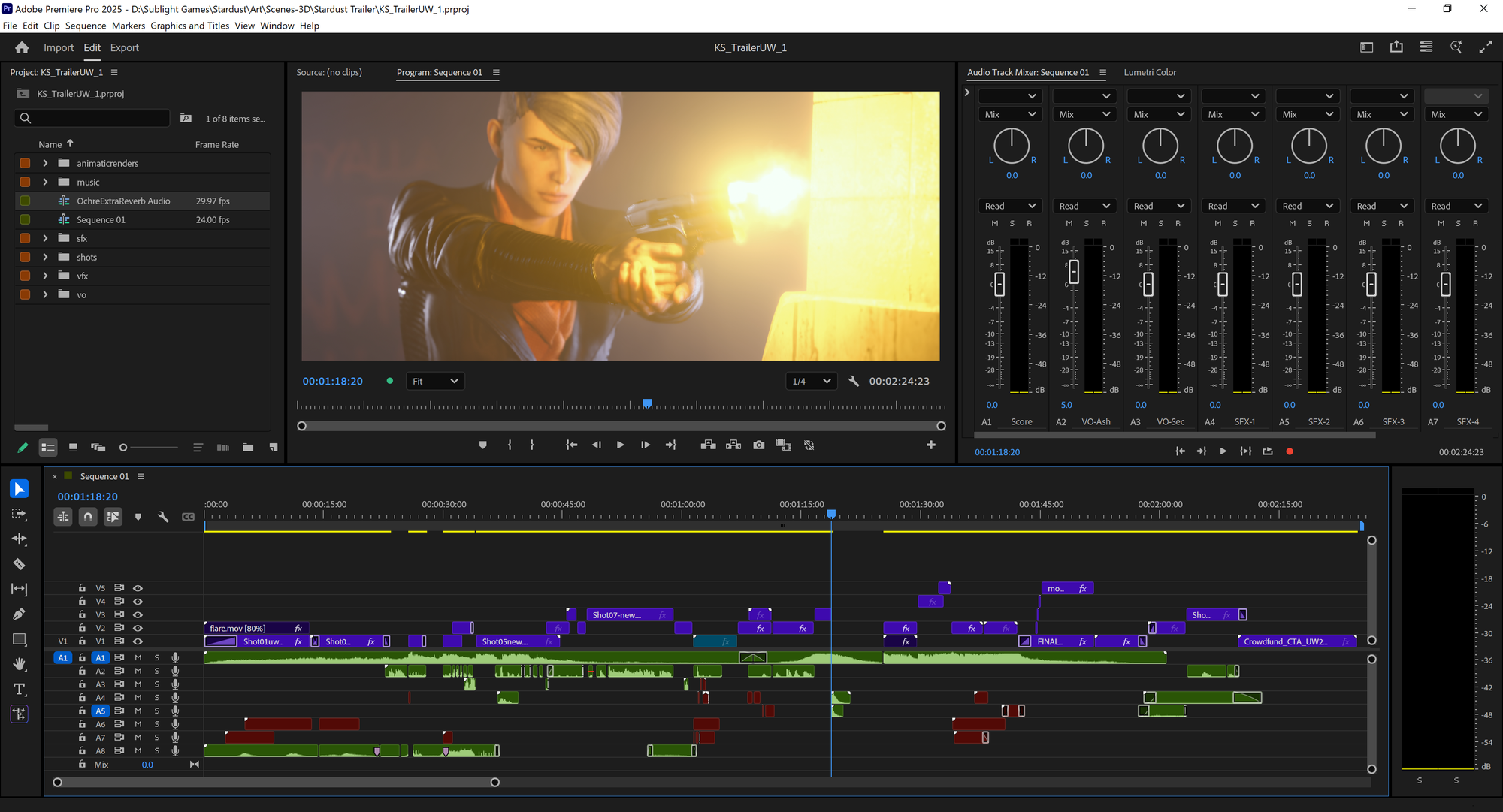
And that’s really key to understanding how “dailies” work. A daily is your current edit, rendered once per day for discussion and review. When you work in a team on a big animation like this, everyone doing their own part, you have a shot list to stick to, and it’s a constant feedback loop the whole way through. Every stage of iteration is included in the daily. Even if it’s a greybox blockout not far removed from your storyboard, you’re still rendering that and inserting it into Resolve or Premiere Pro so you can get your shots, timing, and callouts just right. Our voice actors record fully separate from the animation (we don’t do our own mocap, it’s hella expensive), and that performance needs to be aligned. Music needs to be aligned. Foley needs to be aligned. Working with timelines is a mess for someone like me with an anxiety disorder, I tell you. It all needs to be viewed over and over. That is the key to catching and fixing mistakes while you can, and we still made mistakes. But I’ll tell you that even the biggest budget studios will not catch all their own gaffes. They’re just very good at hiding the ones they make.
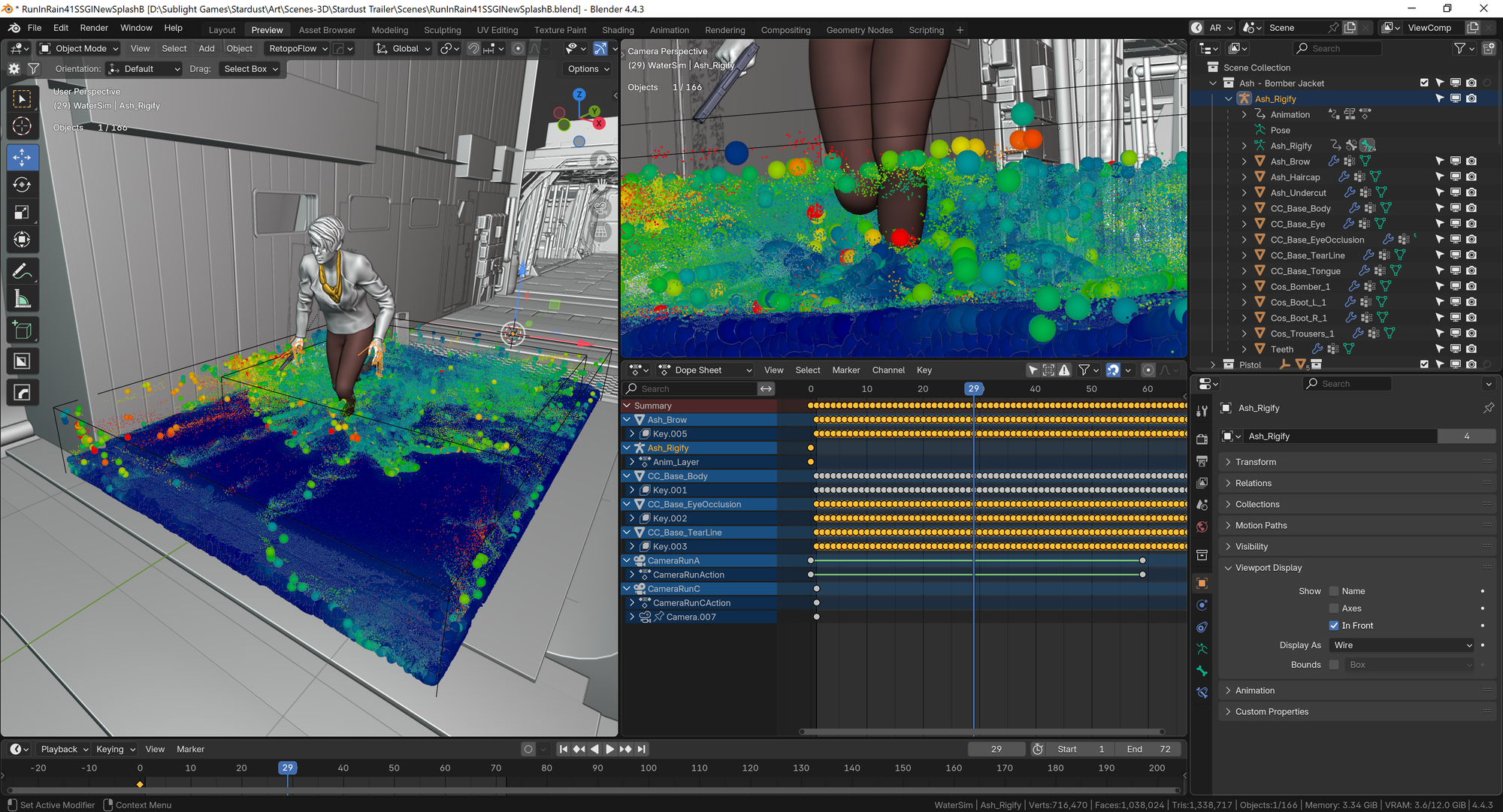
Iteration is very much key. This is not only true for animation but for the final look of the scene. Some shots had VFX, like this particle system that guides the puddle splash Ashlee makes when running from the bad guys. Such systems are entirely deterministic based on initial conditions, and finding the right numbers to plug into your tools is trial, render, error, tweak, and re-render. Often in a constant loop. Animation, motion graphics, VFX, compositing, and the final edit: over the four months that led up to our Kickstarter launch, everything was under constant iteration. My CPU and GPU were on fire.
And I’ll tell you, that kind of exhausting effort is why I’m glad that we have more help these days! We’ve hired on some fantastic artists this past year, and you’ll hear from them soon enough. But the main takeaway here is the herculean effort winning an award takes. I’m proud of each and every team member, and whether you need their services or are simply curious, I encourage you to visit the links they’ve provided us with at the footer of our website.
Animation is something I want to do more of. With the way things are going in virtual production right now, quality tools are well within reach of independent storytellers. But progress belies the fact that it’s still a resource-intensive process requiring many parties of unique skill sets to get involved, and a tiny business like ours must be wise in how it spends time and money. Once the full-cast audiobook you graciously funded is well underway, it would be my pleasure to revisit the Stardust world in CGI, with the libraries and knowledge we’ve accumulated to tell better stories.
Be sure to like and subscribe to all the things, and spread the word about our beautiful queer space family. Consider joining our Voidfarer program if you haven’t yet. It helps support our development team and keeps the birds flying.
Until next time. Fly safe, friends!
— Faith






